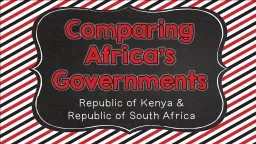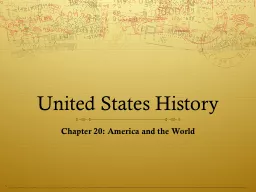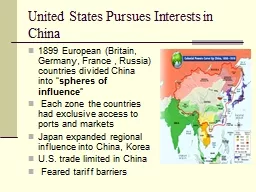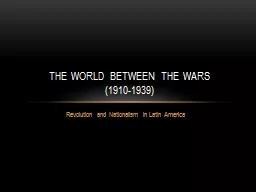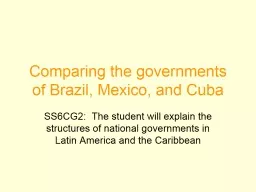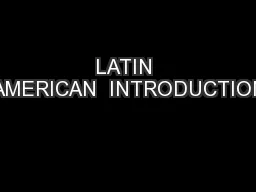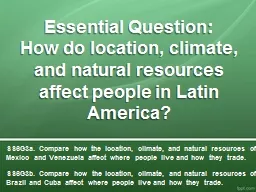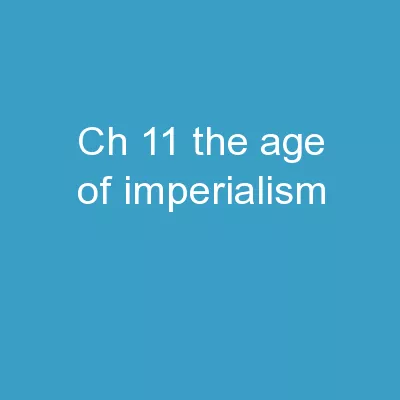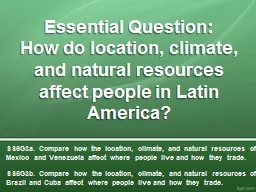PPT-Latin American Governments Brazil, Mexico, & Cuba Standards
Author : tawny-fly | Published Date : 2019-11-03
Latin American Governments Brazil Mexico amp Cuba Standards SS6CG1 The student will compare and contrast various forms of government a Describe the ways government
Presentation Embed Code
Download Presentation
Download Presentation The PPT/PDF document "Latin American Governments Brazil, Mexic..." is the property of its rightful owner. Permission is granted to download and print the materials on this website for personal, non-commercial use only, and to display it on your personal computer provided you do not modify the materials and that you retain all copyright notices contained in the materials. By downloading content from our website, you accept the terms of this agreement.
Latin American Governments Brazil, Mexico, & Cuba Standards: Transcript
Download Rules Of Document
"Latin American Governments Brazil, Mexico, & Cuba Standards"The content belongs to its owner. You may download and print it for personal use, without modification, and keep all copyright notices. By downloading, you agree to these terms.
Related Documents

